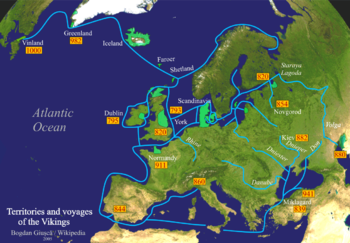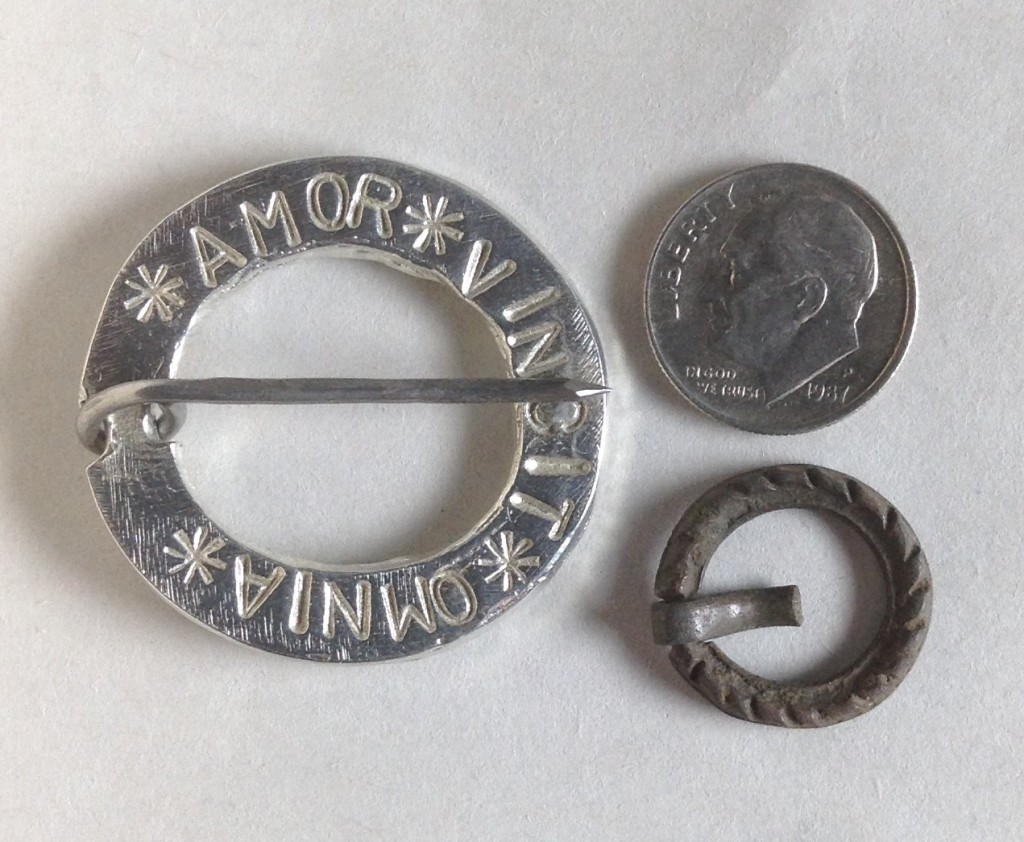So last time we asked the question – but what about earlier time frames? What can we do to understand cultures like the Romans and the Vikings?
To be blunt, the less figurative art that we have (art with actual life-like representations), the harder it is to be completely confident of our interpretations. Cultures like Rome, Greece, and Egypt, despite having existed a very long time ago, actually left an amazing collection of sculpture, frescoes, paintings, and mosaics.
An excellent example of using this sort of information to help us understand a culture, is the Camomile Street Soldier. I found a single line reference in a book about this being a source of information on the use of buttons in Roman Great Britain. So I Googled it. I quickly discovered that it was a carving that is believed to have been part of a frieze on a tomb. This sculpture clearly shows the clothing of a soldier. I found a small collection of pictures of the carving. You can see the buttons on the front of his tunic, as well as how he wore his sword and how his belt was decorated. In addition, through the generosity of the internet, you can read J.E. Price’s original report on the discovery.
And you can read a follow-up report that reevaluates the frieze in modern terms.
All from one search based on a single reference in a book. Now obviously this was a lucky find.
But sometimes we make our own luck.
The Egyptian tombs had wonderful paintings in them. The Roman frescoes in Pompeii and Herculaneum are legendary for their details. If the culture that you are interested in does not have any surviving carvings or paintings with that level of detail, look at archaeological reports. Join academia.edu (FREE) and start reading the articles that are posted there. You can even set up your preferences so that every time an article is posted in one of your areas of interest, you are notified. Many theses and dissertations will do all of the extensive research that is necessary to interpret the archaeology that is available. Don’t be afraid to let someone else help you do your research – just always approach any research with at least a little healthy skepticism.
Many of the earliest large burials were very poorly excavated by treasure hunting antiquarians, but occasionally we find someone, like Johann Karl Bähr, whose original training was as an artist. He recorded every inhumation grave that he excavated in extreme detail. Unfortunately, his records were for Livian graves, not Vikings, but records like these can provide us with insights into cultures that did not leave good pictures of their members.
Professor Bӓhr’s work is also a good example of a problematical area of study – Vikings vs. Scandinavians vs. Finno-Ugaric cultures. Now this could be a blog series all by itself, but my point is that the Vikings were not a unified culture. They were a generalized group of people who started out in Norway, Denmark, Sweden, and northern Germany and spoke the same language – Old Norse. Each area had different influences – the Hanseatic League, the Finno-Ugaric cultures, the Slavs…and different levels of access to imported goods. I would expect the different groups to have dressed and looked differently, with different dress accessories and styles.
But going back to our original theme – what other things are little? More next time!



